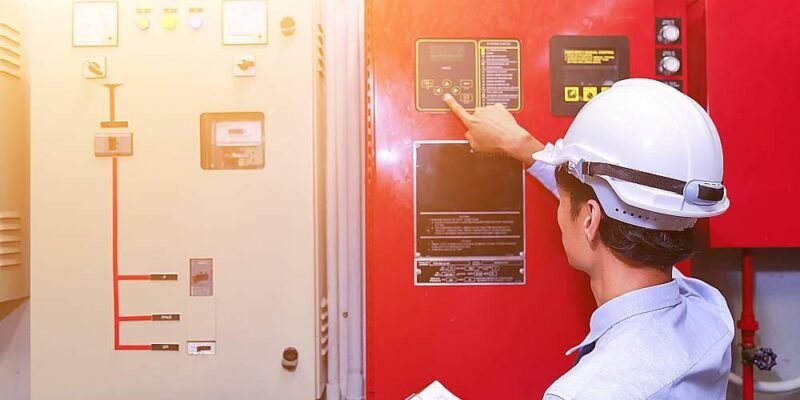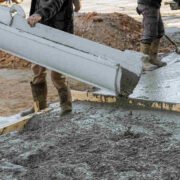Fire safety is a critical concern for property owners in London, where stringent regulations aim to protect lives and assets from the devastating effects of fires. One of the essential requirements under these regulations is conducting a Fire Risk Assessment (FRA). Whether you own a residential building commercial property, or manage a public space, understanding and implementing a thorough Fire Risk Assessment is essential. Here’s a comprehensive guide to help London property owners navigate this crucial aspect of fire safety management.
What is a Fire Risk Assessment?
A Fire Risk Assessment is a structured evaluation of potential fire hazards within a property and the measures in place to mitigate these risks. It involves identifying fire hazards, assessing who could be at risk, and evaluating the effectiveness of existing fire safety measures.
Why are Fire Risk Assessments Important?
In London, fire safety regulations require property owners to conduct FRAs to ensure the safety of occupants and visitors. By proactively identifying and managing fire risks, property owners can prevent fires from occurring or minimize their impact if they do.
Who is Responsible for Conducting a Fire Risk Assessment?
Conducting a Fire Risk Assessment typically lies with the property owner or the person responsible for the premises. This duty cannot be delegated and requires a competent person with sufficient knowledge and experience in fire safety.
Steps Involved in a Fire Risk Assessment
- Identifying Fire Hazards: The assessment begins with identifying potential fire hazards such as ignition sources, flammable materials, and any activities that could increase the fire risk.
- Identifying People at Risk: Next, assess who could be at risk in case of a fire, including residents, employees, visitors, or anyone else present on the premises.
- Evaluating Existing Fire Safety Measures: Review the effectiveness of current fire safety measures such as fire alarms, emergency lighting, fire doors, and evacuation procedures.
- Assessing Risks and Likelihood: Evaluate the likelihood of a fire occurring and the potential consequences if it does, considering factors like the building’s layout and the activities conducted within it.
- Recording Findings: Document all findings from the assessment, including identified hazards, people at risk, and existing controls. This documentation is crucial for demonstrating compliance with regulations.
- Reviewing and Updating: Fire Risk Assessments should be regularly reviewed and updated to reflect changes in the property or its use, ensuring ongoing compliance and effectiveness.
Critical Components of Fire Safety Measures
Adequate fire safety measures are essential for mitigating risks identified during the assessment:
Fire Detection and Warning Systems
Early detection of fires is critical for prompt evacuation. Installed and maintained fire alarms and smoke detectors throughout the property, ensuring they were regularly tested and in working order.
Emergency Escape Routes and Exits
Mark escape routes and exits with illuminated signs. Ensure these routes are unobstructed and easily accessible to all occupants, with fire doors that close automatically to prevent the spread of fire.
Firefighting Equipment
Provide appropriate firefighting equipment such as fire extinguishers, blankets, and hose reels. Ensure they are strategically located, easily accessible, and regularly serviced.
Staff Training and Fire Drills
Regularly train staff or occupants on fire safety procedures, including evacuation protocols and the use of firefighting equipment. Conduct fire drills to practice these procedures and ensure everyone knows what to do in an emergency.
Regulatory Requirements in London
London’s fire safety regulations are stringent and continually evolving to enhance safety standards across all types of properties. Compliance with these regulations is a legal requirement and crucial for protecting lives and property.
Conclusion
As a property owner in London, ensuring compliance with fire safety regulations through a thorough Fire Risk Assessment is paramount. Proactively identifying and mitigating fire risks can create a safer environment for occupants and visitors. Remember, fire safety is a collective responsibility requiring ongoing vigilance and adherence to best practices. Stay informed, stay compliant, and prioritize the safety of everyone within your property’s premises. For expert assistance with landlord safety certificates and comprehensive fire safety evaluations, consider consulting London Property Inspections. Their expertise can guide you through ensuring your property meets all necessary safety standards. If you want to stay updated with posts like this, please follow us on Disboard.













